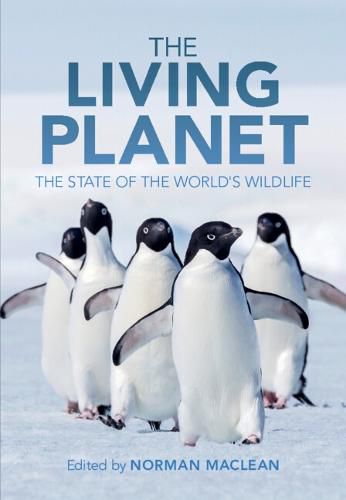Readings Newsletter
Become a Readings Member to make your shopping experience even easier.
Sign in or sign up for free!
You’re not far away from qualifying for FREE standard shipping within Australia
You’ve qualified for FREE standard shipping within Australia
The cart is loading…






Since 1970, there has been an overall decline in wildlife populations in the order of 52%. Freshwater species populations have declined by 76%; species populations in Central and South America have declined by 83%; and in the Indo-Pacific by 67%. These are often not complete extinctions, but large declines in the numbers of animals in each species, as well as habitat loss. This presents us with a tremendous opportunity, before it is too late to rescue many species. This book documents the present state of wildlife on a global scale, using a taxonomic approach, and serving as a one stop place for people involved in conservation to be able to find out what is in decline, and the success stories that have occurred to bring back species from the brink of extinction - primarily due to conservation management techniques - as models for what we might achieve in the future.
$9.00 standard shipping within Australia
FREE standard shipping within Australia for orders over $100.00
Express & International shipping calculated at checkout
Since 1970, there has been an overall decline in wildlife populations in the order of 52%. Freshwater species populations have declined by 76%; species populations in Central and South America have declined by 83%; and in the Indo-Pacific by 67%. These are often not complete extinctions, but large declines in the numbers of animals in each species, as well as habitat loss. This presents us with a tremendous opportunity, before it is too late to rescue many species. This book documents the present state of wildlife on a global scale, using a taxonomic approach, and serving as a one stop place for people involved in conservation to be able to find out what is in decline, and the success stories that have occurred to bring back species from the brink of extinction - primarily due to conservation management techniques - as models for what we might achieve in the future.